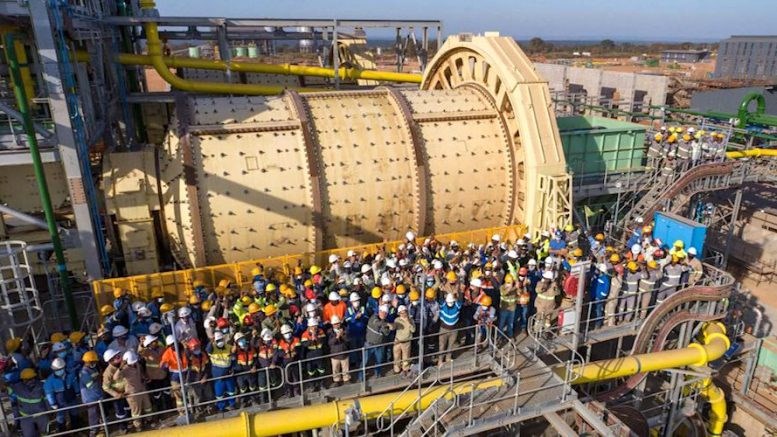Vancouver-based Ivanhoe Mines (TSX: IVN) has reached a deal to convert a loan balance of $76 million owed by High Power Exploration (HPX) into an equity investment in I-Pulse, HPX’s parent company.
HPX, an exploration firm backed by billionaire Robert Friedland, who is Ivanhoe’s founder and executive co-chairman, is developing the high-grade Nimba iron ore project in Guinea.
Its parent company, I-Pulse, is an American firm headquartered in France, which develops pulsed power technologies. These release the equivalent power output of a nuclear power station in a billionth of a second. Pulsed power has commercial application in high-speed metal formation and welding, as well as in mineral exploration.
As part of the deal, Ivanhoe will receive certain investor rights, including a pre-emptive right to maintain its percentage ownership in I-Pulse in the event of an equity financing, which ceases upon an initial public offering of I-Pulse securities, the company said.
With the equity, Ivanhoe Mines joins mining giant BHP (ASX, NYSE: BHP) as an investor in I-Pulse.
The Vancouver-based copper miner said it intended to secure a collaboration agreement with I-Pulse subsidiary, I-ROX, to investigate and develop applications for pulsed power technology in the mining sector.
Ivanhoe noted that its Kamoa-Kakula Copper Complex, in the Democratic Republic of Congo, will be the first of its assets to test I-ROX technology aimed at improving copper recoveries.
I-Rox uses high-voltage pulses of power to disintegrate rock, an approach that has been trialled in laboratories for years but has yet to be applied in commercial mining operations.
Crushing and grinding mined rock into small particles to extract valuable metals and minerals consumes more than 4% of the world’s electricity and are a major source of miners’ direct emissions.
The application of greener technologies to these processes would help miner curb their carbon emissions.



